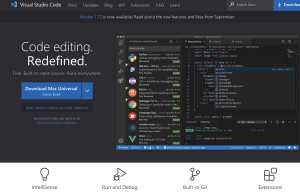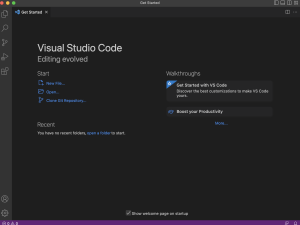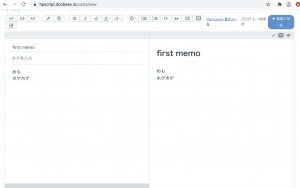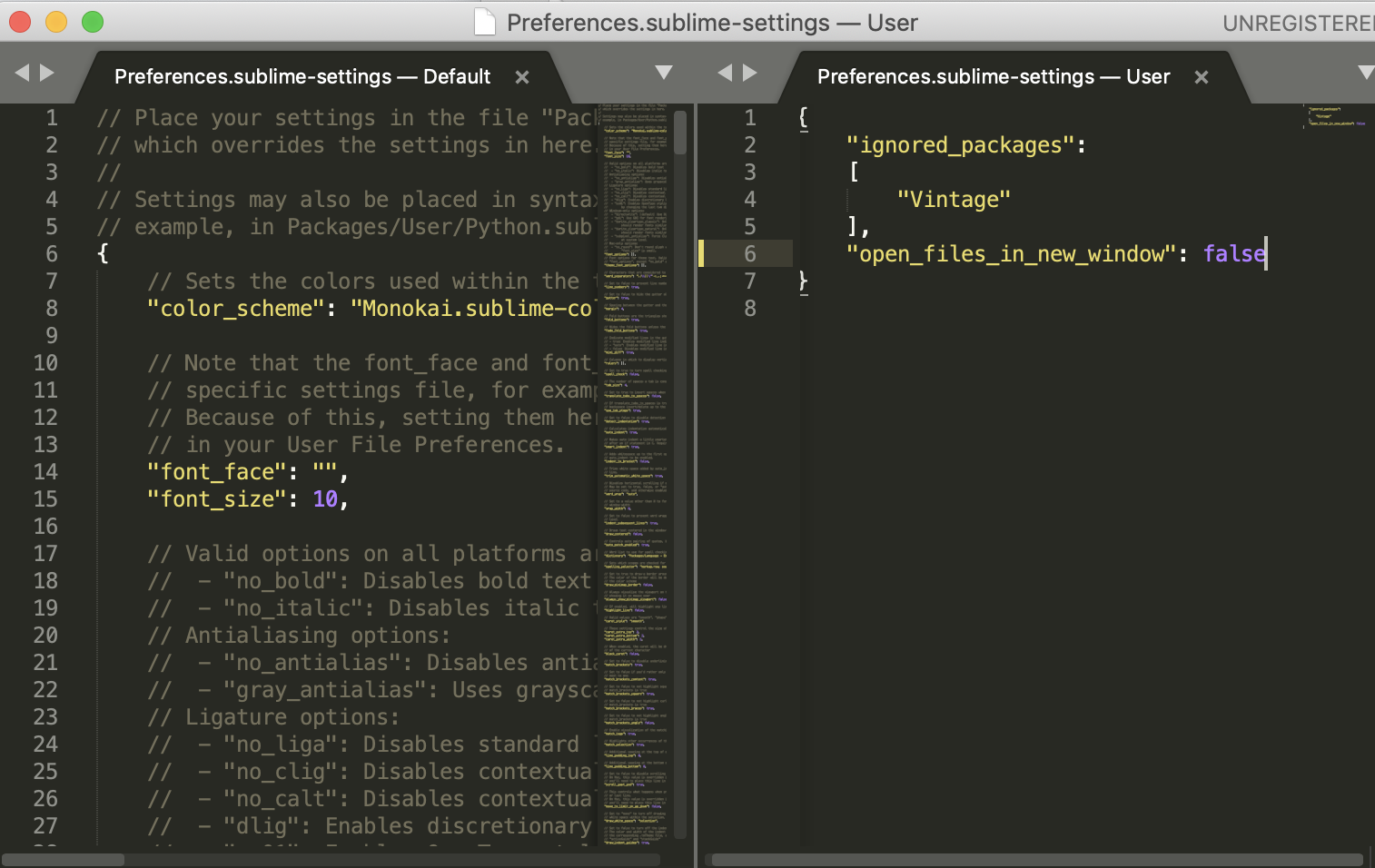task.c
#include "kernel.h"
#include "kernel_id.h"
#include "ecrobot_interface.h"
#define COUNT 500 /* カウント数を500に定義 */
DeclareTask(Task1);
DeclareTask(Task2);
void ecrobot_device_initialize(){}
void ecrobot_device_terminate(){}
void user_1ms_isr_type2(void){}
TASK(Task1)
{
int i;
for(i=0; i <= COUNT; i++){
display_goto_xy(0,1);
display_string("TASK1 = ");
display_goto_xy(8,1);
display_int(i,5);
display_update();
systick_wait_ms(10);
}
TerminateTask();
}
TASK(Task2)
{
int j;
for(j=0; j <= COUNT; j++){
display_goto_xy(0,2);
display_string("TASK2 = ");
display_goto_xy(8,2);
display_int(j,5);
display_update();
systick_wait_ms(20);
}
TerminateTask();
}
tasks.oil
#include "implementation.oil"
CPU ATMEL_AT91SAM7S256
{
OS LEJOS_OSEK
{
STATUS = EXTENDED;
STARTUPHOOK = FALSE;
ShUTDOWNhOOK = FALSE;
PRETASKHOOK = FALSE;
POSTTASKHOOK = FALSE;
USEGETSERVICEID = FALSE;
USEPRAMMETERACCESS = FALSE;
USERESSCHEULER = FALSE;
};
APPMODE appmode1{};
TASK Task1
{
AUTOSTART = TRuE { APPMODE = appmode1; }
PRIORUTY = 1;
ACTIVATION = 1;
SCHEDULE = FULL;
STACKSIZE = 512;
};
TASK Task2
{
AUTOSTART = TRuE { APPMODE = appmode1; }
PRIORUTY = 2;
ACTIVATION = 1;
SCHEDULE = FULL;
STACKSIZE = 512;
};
};
#include "kernel.h"
#include "kernel_id.h"
#include "ecrobot_interface.h"
#define COUNT 500 /* カウント数を500に定義 */
DeclareCounter(SysTimerCnt);
DeclareTask(Task1);
DeclareTask(Task2);
DeclareTask(Task_bg);
void ecrobot_device_initialize(){}
void ecrobot_device_terminate(){}
void user_1ms_isr_type2(void){
SignalCounter(SysTimerCnt); /* カウンタをIncrementする */
}
TASK(Task1)
{
static int i=0;
if(i <= COUNT){
display_goto_xy(0,1);
display_string("TASK1 = ");
display_goto_xy(8,1);
display_int(i,5);
display_update();
i++;
} else {
display_goto_xy(0,4);
display_string("TASK1 Terminated");
display_update();
}
TerminateTask(); /* 処理終了 */
}
TASK(Task2)
{
int j;
if(j<=COUNT){
display_goto_xy(0,2);
display_string("TASK2 = ");
display_goto_xy(8,2);
display_int(j,5);
display_update();
j++;
} else {
display_goto_xy(0,5);
display_string("TASK2 Terminated");
display_update();
}
TerminateTask();
}
task_bg.c
#include "kernel.h"
#include "kernel_id.h"
#include "ecrobot_itnerface.h"
#define TEMPO 10
#define VOLUME 50
static void RingTone(int freg, int time, int vol){
ecrobot_sound_tone(freq, time-5, vol);
systic_wait_ms(time*10);
}
TASK(task_bg)
{
while(1){
/*===========かえるの歌=============*/
RingTone(523, TEMPO*2, VOLUME);
RingTone(587, TEMPO*2, VOLUME);
RingTone(659, TEMPO*2, VOLUME);
RingTone(698, TEMPO*2, VOLUME);
RingTone(659, TEMPO*2, VOLUME);
RingTone(587, TEMPO*2, VOLUME);
RingTone(523, TEMPO*3, VOLUME);
systick_wait_ms(TEMPO*10);
RingTone(659, TEMPO*2, VOLUME);
RingTone(698, TEMPO*2, VOLUME);
RingTone(784, TEMPO*2, VOLUME);
RingTone(880, TEMPO*2, VOLUME);
RingTone(784, TEMPO*2, VOLUME);
RingTone(698, TEMPO*2, VOLUME);
RingTone(659, TEMPO*3, VOLUME);
systick_wait_ms(TEMPO*10);
RingTone(523, TEMPO*2, VOLUME);
systick_wait_ms(TEMPO*2*10);
RingTone(523, TEMPO*2, VOLUME);
systick_wait_ms(TEMPO*2*10);
RingTone(523, TEMPO*2, VOLUME);
systick_wait_ms(TEMPO*2*10);
RingTone(523, TEMPO*2, VOLUME);
systick_wait_ms(TEMPO*2*10);
RingTone(523, TEMPO, VOLUME);
RingTone(523, TEMPO, VOLUME);
RingTone(587, TEMPO, VOLUME);
RingTone(587, TEMPO, VOLUME);
RingTone(659, TEMPO, VOLUME);
RingTone(659, TEMPO, VOLUME);
RingTone(698, TEMPO, VOLUME);
RingTone(698, TEMPO, VOLUME);
RingTone(659, TEMPO, VOLUME);
systick_wait_ms(TEMPO*10);
RingTone(587, TEMPO, VOLUME);
systick_wait_ms(TEMPO*10);
RingTone(523, TEMPO*3, VOLUME);
systick_wait_ms(TEMPO*10);
/*==================================*/
}
display_goto_xy(0,6);
display_string("TASKbgTerminated");
display_update();
TerminateTask();
}
task_cycle.oil
#include "implementation.oil"
CPU ATMEL_AT91SAM7S256
{
OS LEJOS_OSEK
{
STATUS = EXTENDED;
STARTUPHOOK = FALSE;
SHUTDOWNSHOOK = FALSE;
PRETASKhOOK = FALSE;
POSTTASKHOOK = FALSE;
USEGETSERVICEID = FALSE;
USEPARAMETERACCESS = FALSE;
USERESSChEDULER = FALSE;
};
APPMODE appmode1{};
TASK Task1
{
AUTOSTART = FALSE;
PRIORITY = 2;
ACTIVATION = 1;
SCHEDULE = FULL;
STACKSIZE = 512;
};
TASK Task_bg
{
AUTOSTART = TRUE { APPMODE = appmode1; };
PRIORITY = 1;
ACTIVATION = 1;
SCHEDULE = FULL;
STACKSIZE = 512;
};
COUNTER SysTimerCnt
{
MINCYCLE = 1;
MAXALLOWEDVALUE = 10000;
TICKSPERBASE = 1; // One tick is equal to 1msec
}
ALARM cyclic_alarm1
{
COUNTER = SysTimerCnt;
ACTION = ACTIVATETASK
{
TASK = TASK1;
};
AUTOSTART = TRUE
{
ALARMTIME = 1;
CYCLETIME = 10; // Task1は10msec毎に起動
APPMODE = appmode1;
};
};
ALARM cyclic_alarm2
{
COUNTER = SysTimeCnt;
ACTION = ACTIVATETASK
{
TASK = Task2;
};
AUTOSTART = TRUE
{
ALARMTIME = 1;
CYCLETIME = 20; // Task2は20msec毎に起動
APPMODE = appmode1;
};
};
};
一緒に実行させる命令文がいまいちよくわからんね。。。





